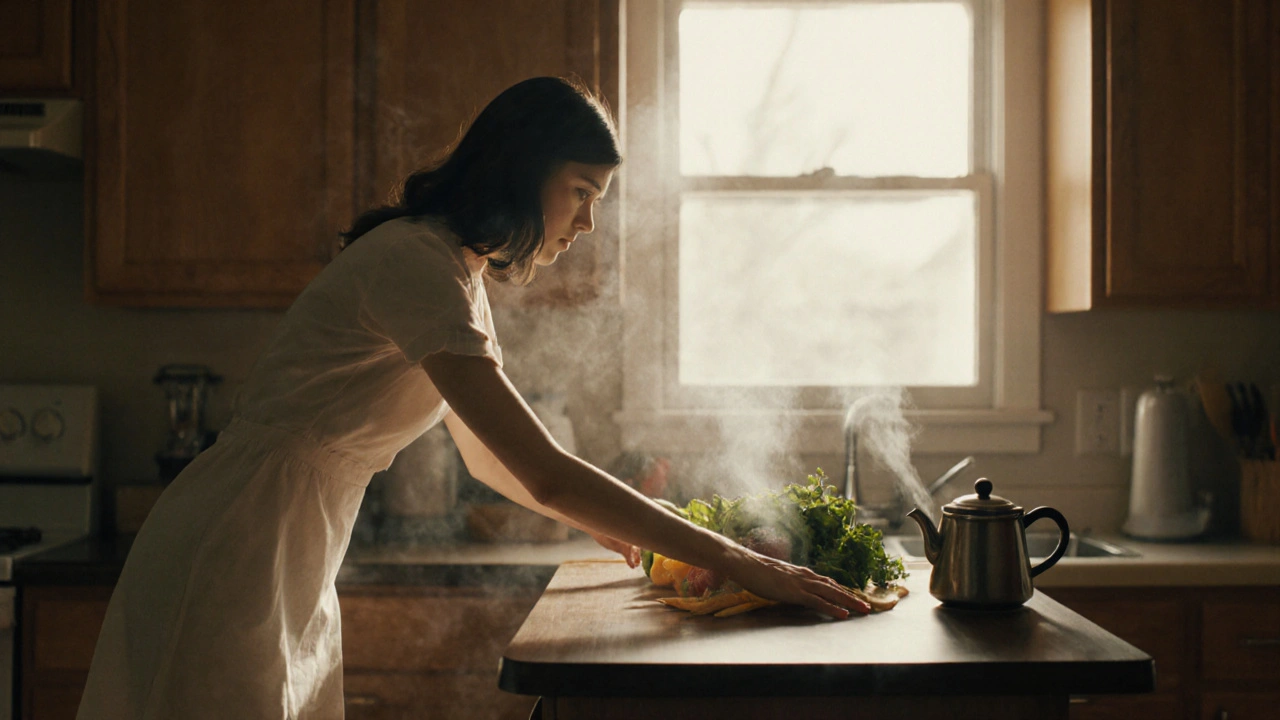Comics: How Graphic Stories Shape Art, Culture, and Modern Design
When you think of comics, a visual storytelling format using sequential images, speech bubbles, and bold lines to convey narrative. Also known as graphic novels or comic strips, they began as newspaper filler but grew into one of the most influential art movements of the 20th century. Comics didn’t just entertain—they changed how we see art. Artists like Andy Warhol, a pioneer of Pop Art who lifted imagery from mass media and advertising and Roy Lichtenstein, an artist who painted enlarged comic panels with Ben-Day dots to question what counted as fine art took panels from Sunday funnies and turned them into gallery staples. This wasn’t just copying—it was a rebellion. They asked: Why should a painting of a soup can be more valuable than a panel from Superman? The answer? It shouldn’t be.
Comics are built on rhythm, timing, and emotion—all things traditional painting often ignores. A single panel can show a punchline, a heartbreak, or a revolution in one frame. That’s why they became the backbone of Pop Art, a movement that embraced consumer culture, mass production, and everyday visuals. The bold outlines, flat colors, and exaggerated expressions in comics matched perfectly with the aesthetic of Pop. Even today, you see their DNA in advertising, app interfaces, and social media graphics. The same visual language that made Spider-Man relatable in 1962 now drives Instagram story templates and TikTok animations. Comics taught us that clarity beats complexity, and emotion beats perfection.
What you’ll find here isn’t just a list of articles—it’s a map of how comics broke out of the kid’s section and landed in museums, design schools, and political protests. You’ll read about how comic strips jumped to gallery walls, how artists borrowed their style to make bold statements, and why today’s most talked-about installations still echo the pacing of a six-panel comic. Whether you’re drawn to the drama of superhero battles or the quiet humor of a single-panel gag, this collection shows you how comics didn’t just influence art—they rewrote its rules.

